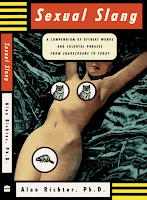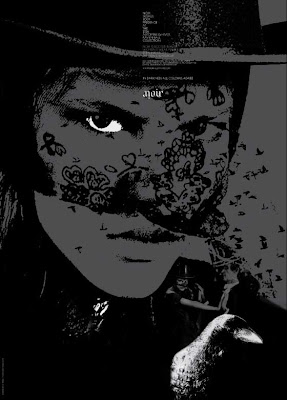I noticed their logo first because it reminded me a little bit of one of the logos Push Pin Studio came up with for Solo, a publishing group. I wonder if that was a conscious inspiration for the designer of the group's identity mark.
The band is just cool, too! Their website describes them as "culture mashers" and their music is:
a notorious urban-Latino-and-beyond collision of hip hop and salsa, dancehall and cumbia, samba and funk, merengue and comparsa, East LA R&B and New Orleans second line, Jamaican ragga and Indian raga
The story behind their name is interesting too. Apparently, the Aztec Stone of the Sun calendar has a 20 day cycle with particular tasks for particular days.

Ozomatli (the monkey) is on day 11.
Among the Aztecs and the Mayans, the monkey has been associated with dance, art, beauty and harmony. This specific day shows our life must reunite with art, that our ways of being, dressing, acting, must be each day more and more artistic, harmonious, beautiful, etc. (samaelgnosis.us)

















































